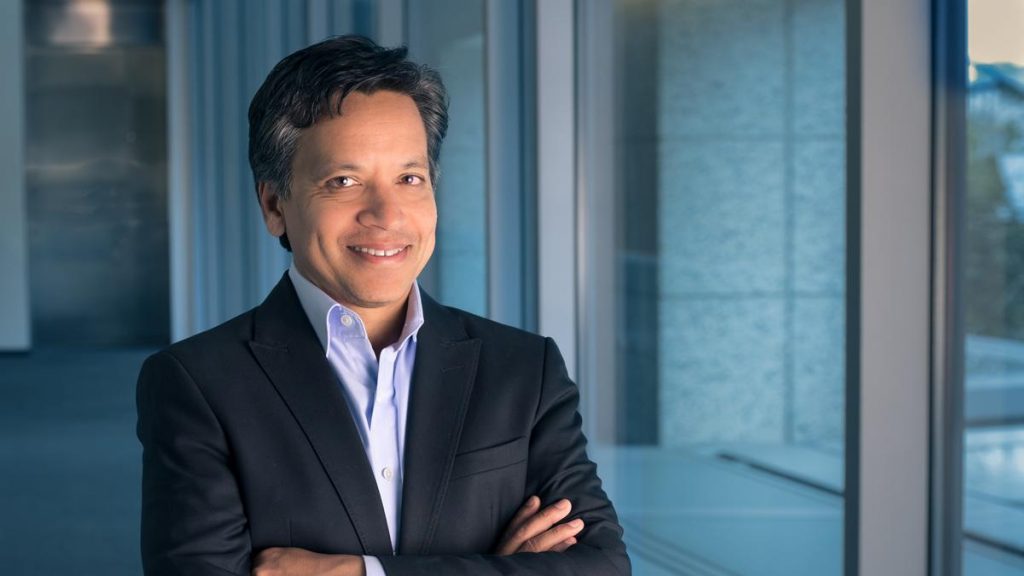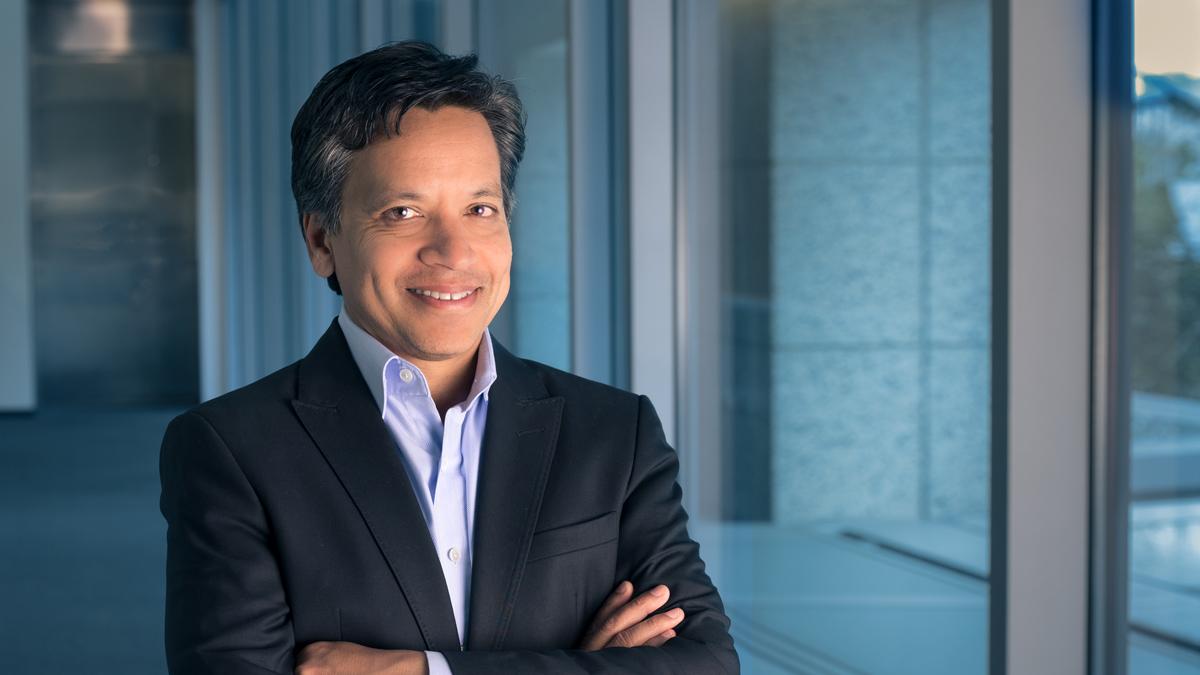Sorting Through the Stem Cell Hype: A Conversation with Deepak Srivastava

“The most remarkable moment was when we were able to convert heart cells into new muscle,” says Srivastava. Photo: Chris Goodfellow/Gladstone Institutes
SAN FRANCISCO—Every day, it seems, reporters cover a new stem cell treatment. But how are journalists supposed to distinguish the real stem cell treatments from the fake? While there have been bona fide advances in the past two decades, stem cells also have become associated with shoddy clinics and treatments that may cause more harm than help.
Stem cell expert Deepak Srivastava addressed some of these issues in his talk on 29 October at the World Conference of Science Journalists 2017, titled “Stem Cells: The Hype and the Hope.”
Srivastava, director of the Gladstone Institute of Cardiovascular Disease at the University of California, San Francisco, is renowned for discovering the genetic basis underlying several human heart defects.
His lab also determined how cardiac progenitor cells (a more specialized type of stem cell) become heart muscle cells. This allowed the team to create electrically functioning heart muscle, paving the way for an engineered human heart.
In a private conversation after his talk, Srivastava discussed his favorite moments in stem cell research, as well as what journalists can do to help distinguish hype from hope. This interview has been edited for clarity and length.
—It’s been almost 20 years since the first human embryonic stem cells were created in the lab. What are some of the top discoveries in stem cell research since then?
—The major advance was in understanding what the nature of a human embryonic stem cell is and what its key features are. That understanding allowed the discovery of induced pluripotent stem cells, or IPS cells, by Shinya Yamanaka [who won the 2012 Nobel Prize in Physiology or Medicine]. If we hadn’t been able to grow embryonic stem cells in the laboratory, then we wouldn’t have known enough to basically manufacture their equivalent. The IPS technology allows us to make a cell that’s just like a human embryonic stem cell.
"The ability to introduce and correct human genetic mutations in stem cells with CRISPR now allows us to efficiently mimic human disease in those cells."
And then, we had to learn how to efficiently guide those pluripotent stem cells into the cell types that we wanted in order to understand human disease. That effort required decades of knowledge from developmental biology.
There’s a hurdle that still remains: virtually every cell type that we make from a pluripotent stem cell gets stuck in an immature state. None of them go all the way to becoming a mature, adult-like cell. And we don’t know why yet. Because it’s true for every cell type, my feeling is that there’s going to be some common block. If we can figure it out for one cell type, it might apply to all of them.
—You spoke about CRISPR in your talk. Did the discovery of the CRISPR-Cas9 system have a big impact on stem cell work?
—Definitely. The ability to introduce and correct human genetic mutations in stem cells with CRISPR now allows us to efficiently mimic human disease in those cells. It’s only by combining the ability to make cells in a dish and manipulate the genome efficiently that you can really begin to understand the consequences of genetic mutations.
—You’ve been working on stem cells for over a decade. What do you look back on as an especially exciting moment of your career so far?
—I’d say the most remarkable moment was when we were able to convert heart cells into new muscle by reprogramming them right where they were. We were able to do this well enough to improve the beating of the heart and the amount of blood it can pump. That had been a goal of the field for decades.
"...A lot of cells used in research that are covered [by the media] as stem cells are not really stem cells."
When we convert these cells in the organ [rather than in a dish], they are getting cues that we probably don’t understand, but the net result is that they don’t ever become a stem cell. They go directly from one adult cell type to another. They act like adult ventricular muscle cells and they electrically integrate with each other. So it solves a lot of problems.
—The medical applications of stem cells have been much-hyped, but not all the hype has been warranted. What are some common pitfalls for journalists?
—I think a lot of cells used in research that are covered [by the media] as stem cells are not really stem cells. They don’t really have the property of a stem cell; [they’re] blood and bone marrow cells. You can go online and find a hundred clinics around the world that say they can cure every disease known to mankind through stem cells. They’ll take your $50,000 and give you that treatment. But none of those have been proven. I think it’s useful for journalists to be able to distinguish what kinds of thing are going through rigorous trials, and what kinds of things are just hype without rigor behind them.
Also, [journalists should know that] adult stem cells are not like embryonic stem cells. Their job is to replenish the cells in a specific organ—they can’t do anything else. You have those in your liver, you even have some in your brain.
—It does seem like stem cell treatments are everywhere. How can readers (and journalists) know which are real and which are fake?
—It’s really hard. Generally well-informed colleagues of mine contact me often to try to get my opinion on those. But it’s hard for them to discern, so journalists play a very important role in trying to educate the public about what is real and what is not.
—
Leah Rosenbaum is a dual-degree master’s student at the University of California, Berkeley, in the School of Journalism and the School of Public Health, department of infectious disease and vaccinology. She enjoys feature writing and data visualization, as well as statistics-based stories. Follow her on Twitter @leah_rosenbaum

